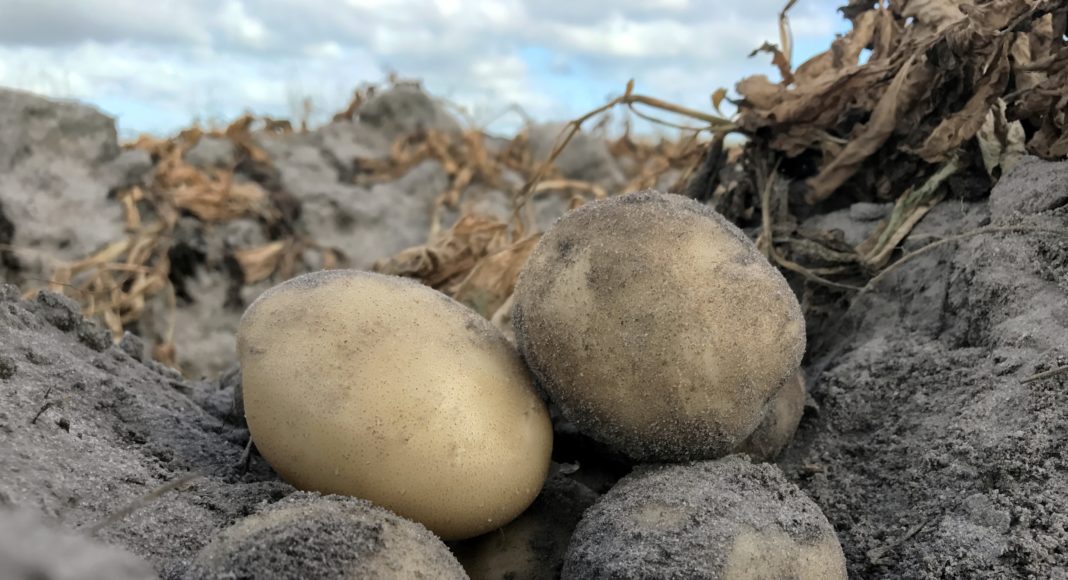If you’ve farmed for several decades, you’ve seen firsthand the shift from broad spectrum to targeted pest management. Partially, the change has occurred because today’s available technologies are so vastly more precise than what our parents and grandparents used. There’s an element of politics too: the general public – very justifiably – no longer accepts indiscriminate agricultural pest control products.
But the most important reason pest control has changed in recent years is because our entire understanding of what makes land productive has changed. As we’re coming to understand so much better in the last few decades, the healthiest and most productive agricultural ecosystems are vibrantly alive with diverse and beneficial life. Making money in agriculture depends on supporting that vibrancy.
Above ground, productivity is supported when agricultural practices promote pollinators, natural biocontrol populations, and beneficial symbiosis. Below ground, life should be even more diverse. Alongside the many types of annelids and arthropods which contribute to soil structure and health, productive soil is home to – and, in fact, depends on – varied populations of bacteria and fungi. The most critical microbes are saprophytes — bacteria and fungi which cycle nutrients, support soil structure, and promote plant growth.
While managing soil-borne disease is a critical component of potato production, that management should be done in ways that ‘manage the bad while promoting the good’. Strike is a selective soil fumigant and does exactly that. While it effectively eliminates many key soil-borne pathogens which would otherwise harm one’s crop, its role is not to sterilize the soil. Rather, it destroys pathogens while simultaneously fostering beneficial microbe populations allowing you to farm potatoes and not disease.
Over the last handful of years, the TriCal Group has supported fascinating soil biology research. Specifically, the researchers are using DNA analysis technology to evaluate changes in harmful and beneficial microbe populations over time. According to the researchers, saprophyte populations increased when Strike was applied to their test plots. Too, they reported an increase in soil respiration – the exchange of C02 to O2 – critical to healthy roots and plants. They also note a higher saprophyte population naturally results in a lower soil pathogen level, since saprophytes prey on the over-wintering structures of plant diseases.
There’s more, and here’s where it gets even more fascinating. Saprophytes form close relationships with plant roots. In fact, the researchers now hypothesize saprophytes and plants actually communicate with each other. As the saprophyte population increases, they signal to plant roots (likely via hormones, though the specific mechanism isn’t entirely understood yet) that the environment is healthy. In response, the plant grows healthier, larger, with a better tuber set.
I never cease to be amazed by nature, and I’m so pleased that we as an agriculture industry are getting so much better at working with rather than against nature.
If you’d like to read more about how Strike can help you farm potatoes and not disease, check out The Dirt: A Blog.
Related Articles
Sustainability = Environmental Stewardship, But Economic Success Too
Build Soil Quality and Suppress Soil-Borne Pathogens to Improve Yields Study Concludes








